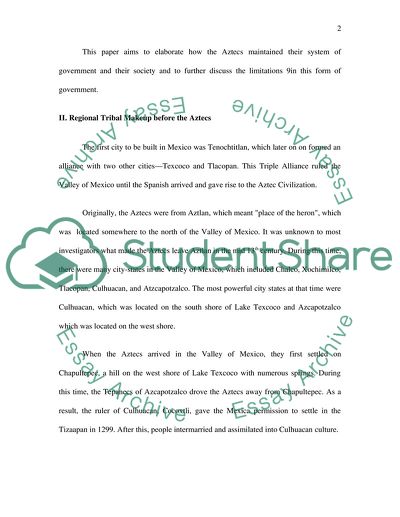Cite this document
(Truth and Fiction about Aztec Civilization Research Paper, n.d.)
Truth and Fiction about Aztec Civilization Research Paper. Retrieved from https://studentshare.org/history/1730905-aztec-society
Truth and Fiction about Aztec Civilization Research Paper. Retrieved from https://studentshare.org/history/1730905-aztec-society
(Truth and Fiction about Aztec Civilization Research Paper)
Truth and Fiction about Aztec Civilization Research Paper. https://studentshare.org/history/1730905-aztec-society.
Truth and Fiction about Aztec Civilization Research Paper. https://studentshare.org/history/1730905-aztec-society.
“Truth and Fiction about Aztec Civilization Research Paper”, n.d. https://studentshare.org/history/1730905-aztec-society.


